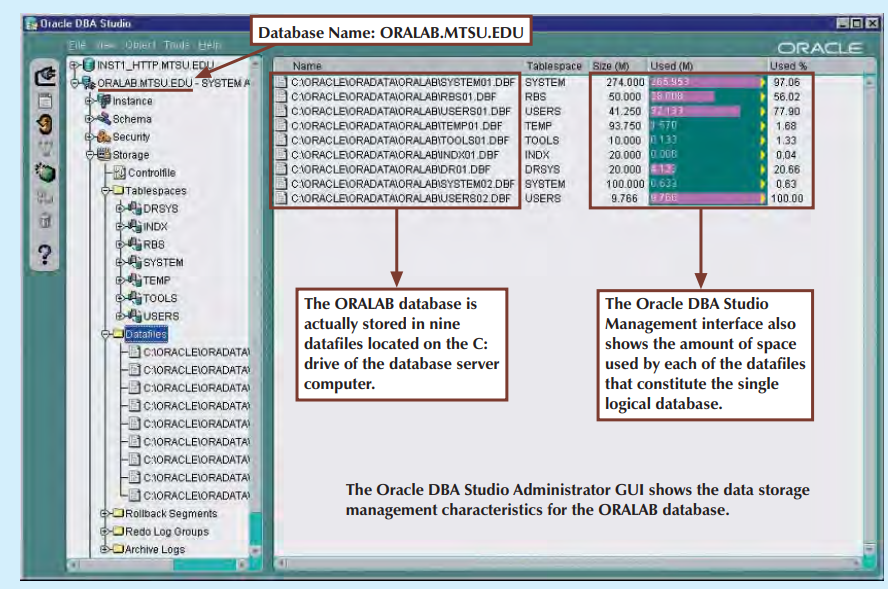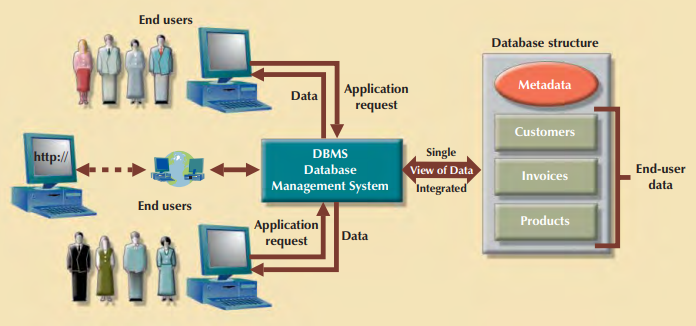Classification of Database Management Systems
Several criteria can be used to classify DBMSs. The first is the data model on which the DBMS is based. The main data model used in many current commercial DBMSs is the relational data model, and the systems based on this model are known as SQL systems. The object data model has been implemented in … Read more



